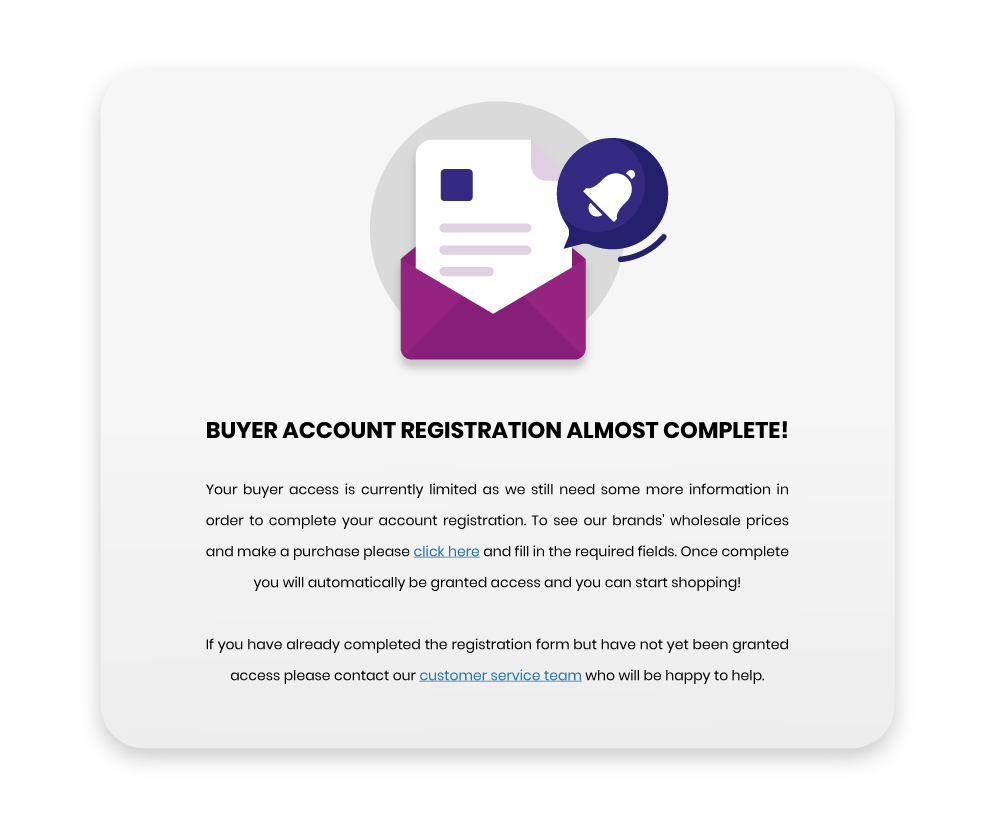Going Digital - Prepare your Business for e-Commerce - part 2

In our previous post we looked at the first steps you need to take prior to taking your first steps into selling online. By now you should have your social media accounts created and regularly updated with great content. You have stunning product photography and keyword heavy product titles and descriptions. You have budgeted and planned for the hidden costs of e-commerce. You're ready to go. So how do you start creating your online store?
Omni-channel
The easiest, and most immediate option for many is to create a store on one of the many online marketplaces available. There are hundreds of options – indeed, we have an article dedicated exclusively to selling on marketplaces – and no technical experience is required to create an account or upload products. But omni-channel retail is not just for businesses new to e-commerce – it is widely considered a vital asset for any retail business. These days, most consumers shop around prior to purchasing and use the main marketplace sites as product search engines. How many of us go straight to Amazon rather than Google to search for a product we have in mind? Some consumers will purchase directly at the first point of call, but many will then search for their preferred product on other sites to make sure they're getting the best price. So, having an online presence on those marketplaces most relevant to your brand may eventually end up driving more traffic to your own e-commerce store.
E-commerce Platforms
Talking of e-commerce stores, which option is right for your business? Assuming you don't have a team of in-house web designers (if that were the case you wouldn't be reading this article), you will need to use one of the many e-commerce SAS (Software as a Service) providers available. In the same way that companies like Wordpress or Wix provide software which allows the non-technically minded to create their own blog website from their simple-to-use templates, there are a wide range of e-commerce platforms that you can use to build your own online store from scratch. Let's look at a few of the most popular:
Wix
Not just for blogs, Wix now offers fully customisable e-commerce templates with a simple drag-and-drop editing tools. Ideal for complete beginners as it offers inbuilt hosting and domain registration, it is also a pretty comprehensive platform for most sizes of business and there are a wide range of plug-ins and apps available to add more customised options. However, if you think you may expand your e-commerce presence in the future, bear in mind that migrating a store from Wix to another platform may cause problems, so make sure you have a contingency plan in place if you plan to grow further
WooCommerce
If you already have a company blog hosted on Wordpress, WooCommerce gives you everything you need to create your online store from your blog. You do need a little more technical know-how when using this platform as hosting and domain names are not integrated, and you may need to hire a programmer to tweak design templates, but bearing in mind that the platform itself is free it may be worth the extra effort! If you're planning to keep your shop simple and have experience in blogging, then this may be the option for you.
Shopify
Currently, Shopify is probably the most famous of the e-commerce platform providers. And for good reason – it's possible to integrate your Shopify store with Facebook, Instagram and Pinterest, allowing buyers to shop for products on their favourite social media sites without ever leaving the page. Other than this highly attractive benefit, Shopify is one of the most complete e-commerce solutions on the market. Fully hosted, it's a user-friendly, out-of-the-box solution that is simple to set up and highly adaptable. Used as a base platform by even big company names, it's also a great option for those starting out. However, be aware that the basic pricing plan may not cover all of the options you're looking for, so budget for upgrades and apps accordingly.
SquareSpace
Much like Wix, SquareSpace was created as a blog builder and added e-commerce options back in 2013. Famed for being the most aesthetically strong web builder among the competition, it's a great option for image-conscious brands, however this does seem to negatively affect page speed, which can be a problem for SEO and cart conversions. Based on the basic pricing plans it's also a more expensive option than some of the other contenders, but it's easily scalable as your online business grows.
BigCommerce
As it's name suggests, BigCommerce is designed for businesses planning to expand rapidly, so if you're planning to be the next big thing in e-commerce it may be for you. Like Shopify, one of the most attractive features of this platform is the possibility to integrate your store with other platforms, most notable Amazon and Ebay, as well as Facebook, Instagram and even your brick and mortar store – omni-channel retail made simple. With more built-in features than its competitors and in-depth analytics and data tools, it's designed for growth and for those who think big.
As the saying goes, the best time to go digital was 10 years ago. The second best time is now. The future of retail is expanding and those who don't go online may be left out in the cold. The Covid-19 crisis has been a wake-up call. It's time to move with the times and make e-commerce a part of your business strategy.
Written by: Amber Domenech Patey















